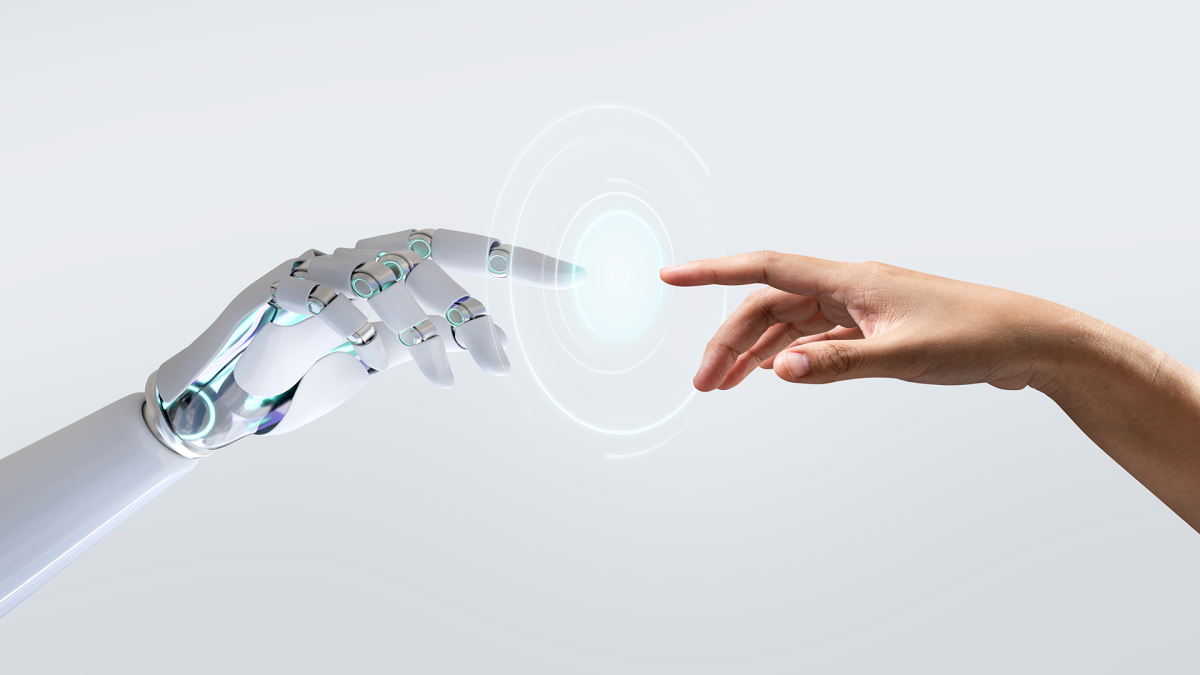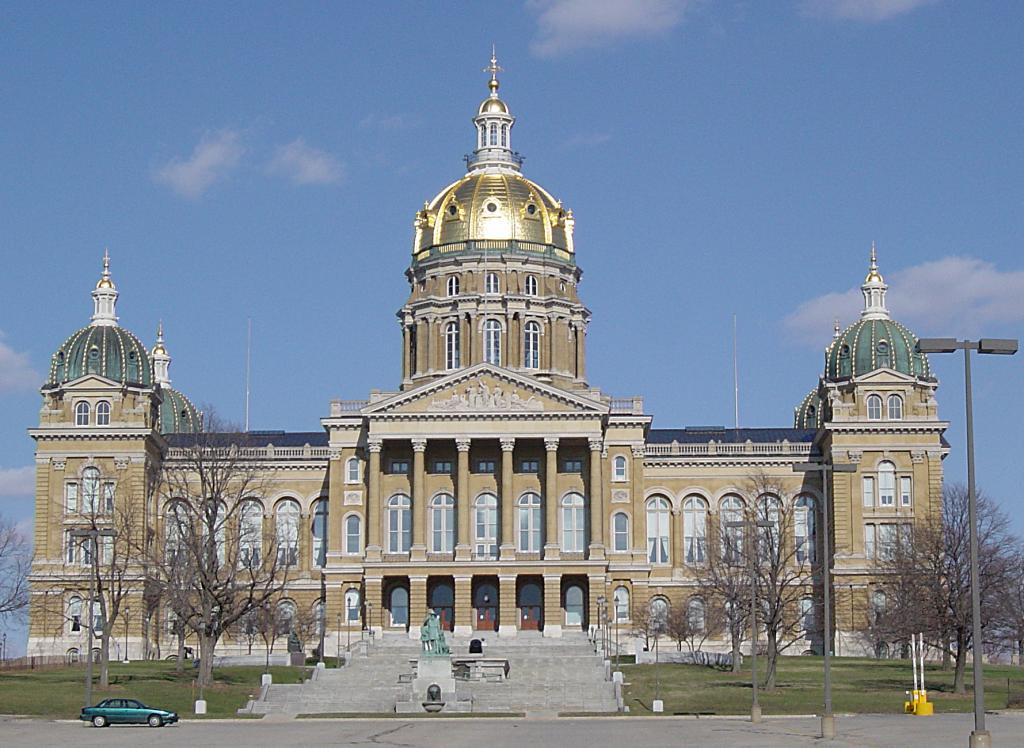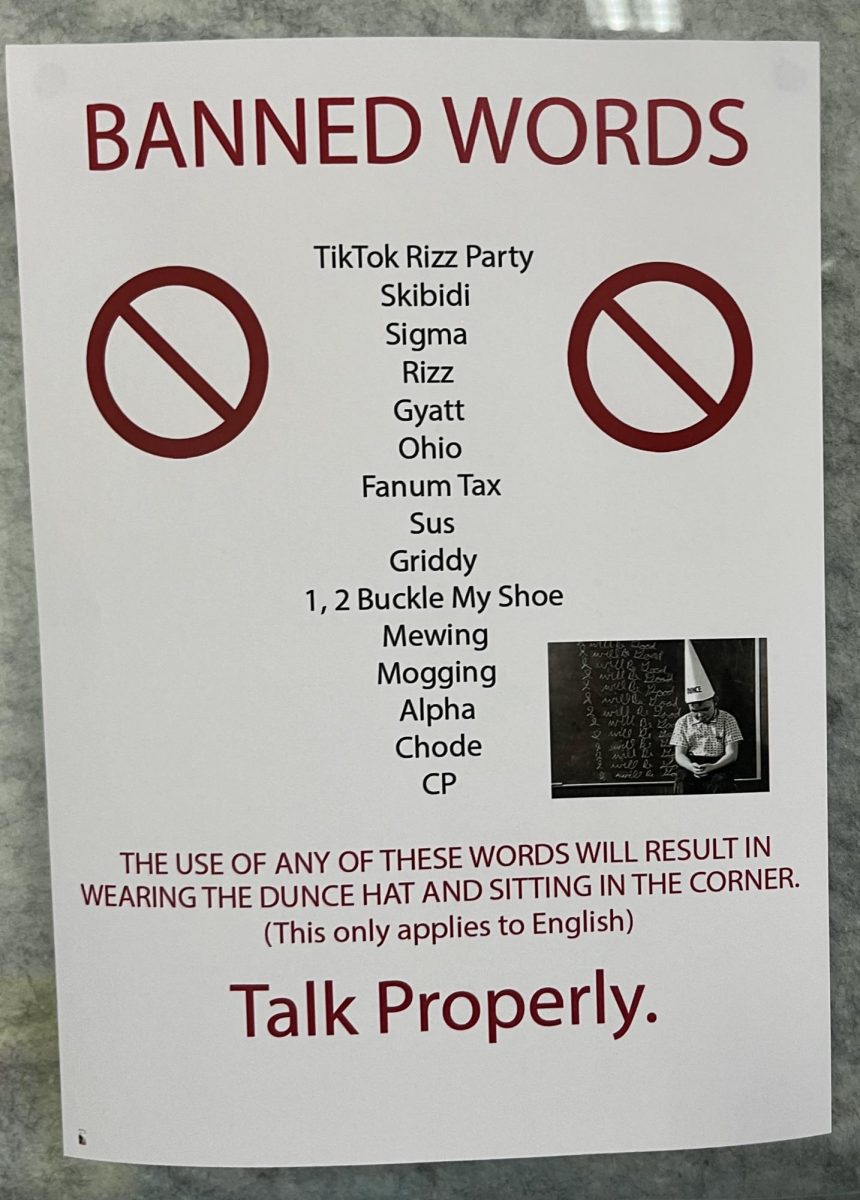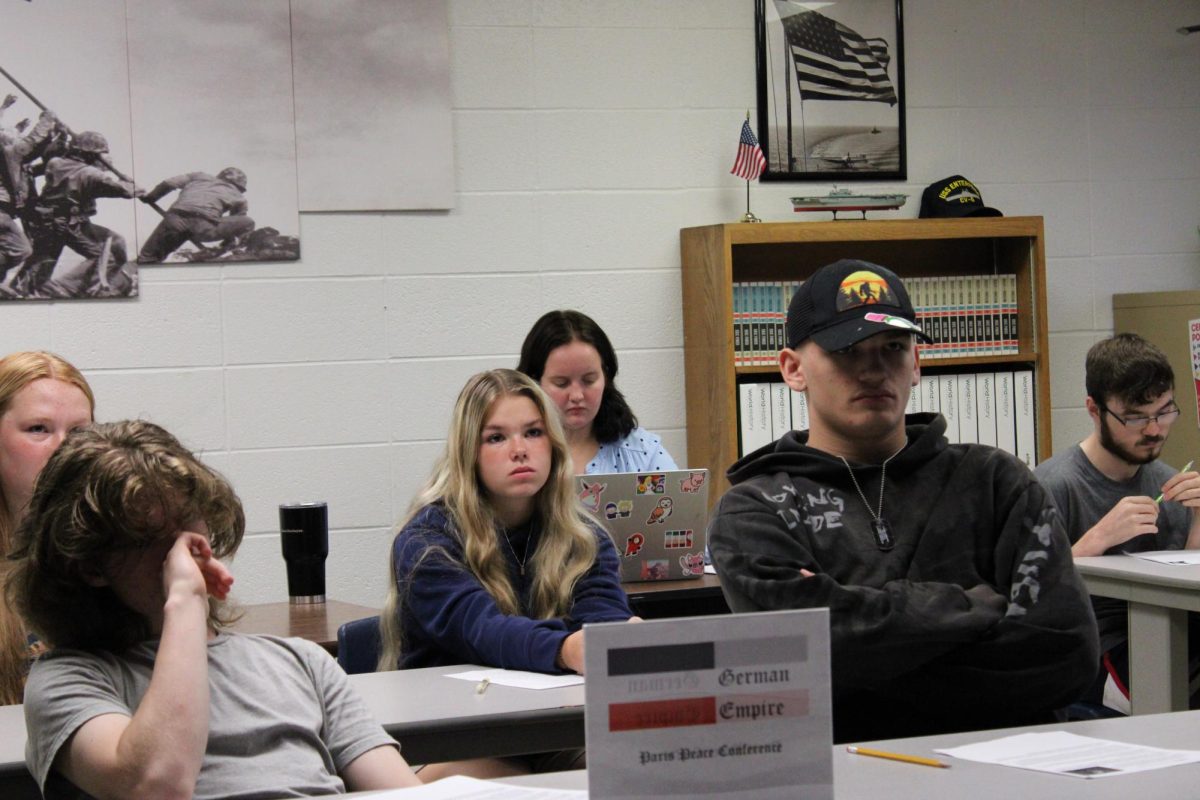A commonly perceived notion when growing up is that reaching the drinking age is when you truly become an adult, or are considered ‘independent’ or ‘free.’ It is seen as a milestone to look forward to and celebrate; this viewpoint is especially prevalent in the United States, with the legal drinking age being held off until one is 21 years old. This puts the ability to partake in alcoholic beverages on a pedestal, either tempting some to rebel or overdo it when they eventually reach that point in their life. This leads to vast amounts of alcoholism; in fact, according to the NIAAA (National Institute on Alcohol Abuse and Alcoholism), 27.9 million people past the age of 12 had an AUD (Alcohol Use Disorder) in the past year in the United States alone. This means that the chances are nearly one in every ten people you encounter in that age range have dealt with or are currently overcoming AUD.
The numbers alone aren’t the entire issue; a significant aspect of what is so wrong with this ‘giggle juice’ is what can result from it. Thousands of people die in drunk driving-related accidents every year, and hundreds of families are torn apart. Children see that their parents are dependent on it, which justifies its use later in life, and thousands more are slowly killed off by alcohol’s effect on their organs and bodies, just to name a few. This concern isn’t of the ‘new age’ either; humans have relied heavily upon alcohol for many years, and it has been used and abused to cope with a variety of situations. It allows conversations to flow more easily, and it gives people the confidence they hadn’t had before. It enables one to ignore the overbearing issues and act as if they aren’t there, and, according to social norms, makes a person ‘more fun.’

Given the numerous downsides, it would be reasonable to expect drastic changes to address this problem. Although there are recovery groups such as AA (Alcoholics Anonymous), as well as many local organizations in communities attempting to open up opportunities for those struggling, there are still communal and consumerist aspects that go against these causes. Those being the accessibility of alcohol, the commonly seen shirts, and other merchandise that support the “wine mom culture,” the near guarantee that a bar is within driving distance, and the craving to be fun.
Alcohol has captured the entirety of society in its clumsy, hazy grip, convincing countless individuals that being reliant on a drug is nothing but normal. It has destroyed relationships and families, caused the death of those partaking and innocent bystanders, and has drained the remaining hope of those contemplating suicide. It is nothing more than a ravaging nuisance to those who are not even aware of its control over their life. Even with moderation, it can be extremely harmful, and anybody with a higher-than-room-temperature IQ would tell you that the cons outweigh the pros. And yet it continues to drain the life from people’s eyes as quickly as they drain the bottle, because if there is one sure thing about humans, it is their inability to resist something they like. Nothing kills sobriety quicker than our society.















